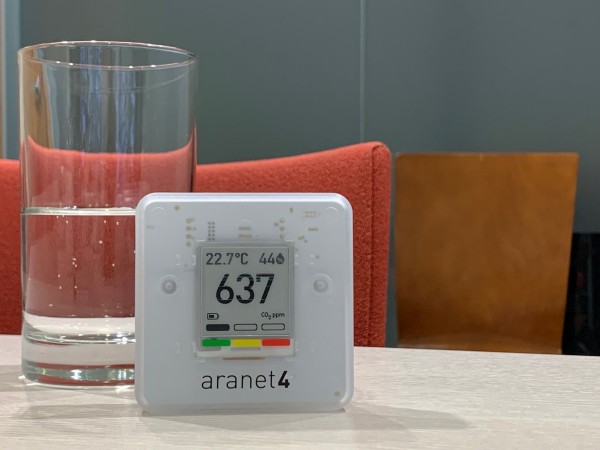In this blog we outline three immediate approaches to protect people and systems from infectious disease impacts: building on synergies in infectious disease control; applying pandemic infrastructure to address other infections; and supporting safe access to education, work, and social settings.
This blog is part of the Public Health Solutions series looking at effective public health measures to reduce demand on healthcare quickly.
The SARS-CoV-2 virus may be a new pathogen, but in many ways the pandemic is simply a larger-scale version of the endemic and epidemic infectious diseases that exact a high toll of illness and death in Aotearoa New Zealand (NZ) every year. For a century and more, NZ has experienced high and inequitable impacts from endemic, epidemic, and pandemic infectious diseases. This high burden was viewed by decision-makers and the public as inevitable (or even tolerable) until the Covid-19 pandemic completely changed the infectious disease landscape. In March 2020 NZ chose an elimination approach, largely closing its borders and implementing a short, stringent lockdown. As intended, these measures largely extinguished community transmission of Covid-19 but they also caused unprecedented reductions in many other infections: influenza was eliminated and NZ also experienced the lowest incidence of meningococcal disease in 25 years.
The winter of 2022 is challenging with high numbers of Covid-19 infections, hospitalisations, and deaths alongside high rates of seasonal and other infections. Every serious infection including Covid-19 has the potential to cause post-acute effects and this long shadow of ill health will put an additional burden on populations and the health system.
In winter 2022 we won’t be looking to lockdowns to prevent infections because we now have many more ways to stay safe and connected. Three approaches can be implemented right away to reduce demand on the health system:
1. Build on synergies in the control of multiple infectious diseases
Infectious diseases have limited options for person-to-person spread and of these, respiratory and enteric transmission are the most common drivers of serious infections in NZ. Thus, access to clean air, food, and water are key environmental protections against a range of infections. Respiratory infections can be markedly reduced by optimising indoor air quality, developing a mask culture for public settings, and supporting people to stay home when sick. Clean indoor air can prevent both familiar infections (eg, Covid-19, influenza, and RSV) and emerging ones, eg, Covid-19 variants. Similarly, improved food and environmental safety standards are highly effective in reducing enteric disease, notably campylobacter infection from contaminated food and contaminated water.
2. Apply pandemic infrastructure to address other infectious disease threats
The pandemic response has built a legacy of greatly improved infrastructure, including an upgraded national immunisation register and highly organised national systems for contact tracing, disease surveillance, and testing. The most urgent priority is to integrate Covid-19 vaccination infrastructure with childhood vaccines to address the very high current risk of measles, pertussis, and other serious but preventable outbreaks. The contact tracing workforce could assist with contact tracing in other outbreaks including meningococcal disease, sexually transmitted infections such as gonorrhea and syphilis, and close-contact diseases such as monkeypox. Routine wastewater testing is now operational for Covid-19 surveillance and can also be used as an early warning system for influenza, polio, monkeypox, and more, while highly developed genomic surveillance can enhance disease investigation and control.
3. Apply a settings-based approach to prevention of infectious diseases
Respiratory infections are transmitted wherever people gather, so preventing spread in public spaces is a key opportunity to reduce illness in communities. The NZ Government needs to design, resource, and communicate a series of practical plans for specific settings, eg, providing an Action Plan for Schools and similarly coordinated action (including legislated protections) to prevent transmission in workplaces, hospitality venues, and other settings.
We shouldn’t be fatalistic about the current exceptionally high burden of infection: we have a moral imperative and many opportunities for change.
*Author details: All authors are based at the Health, Environment & Infection Research Unit (HEIRU), University of Otago, Wellington.

